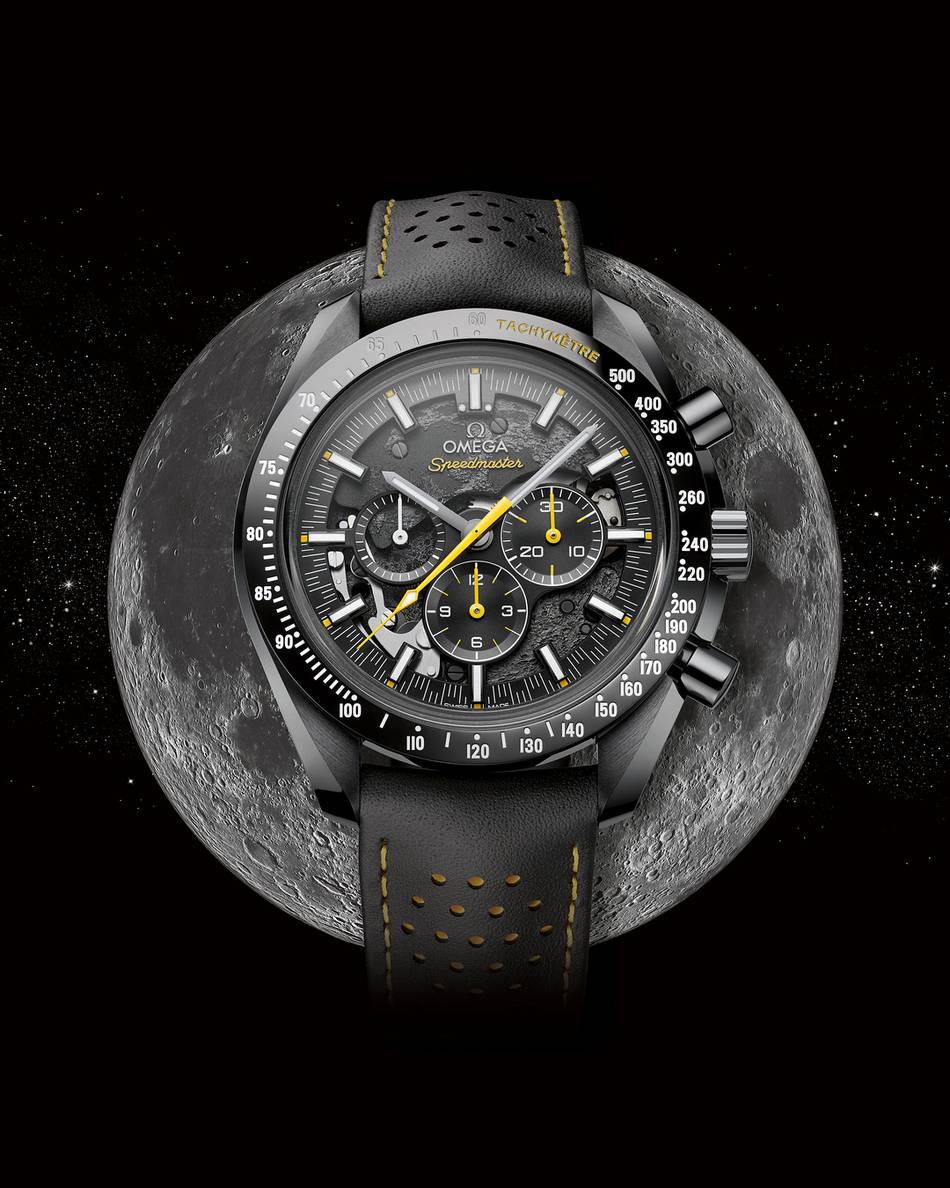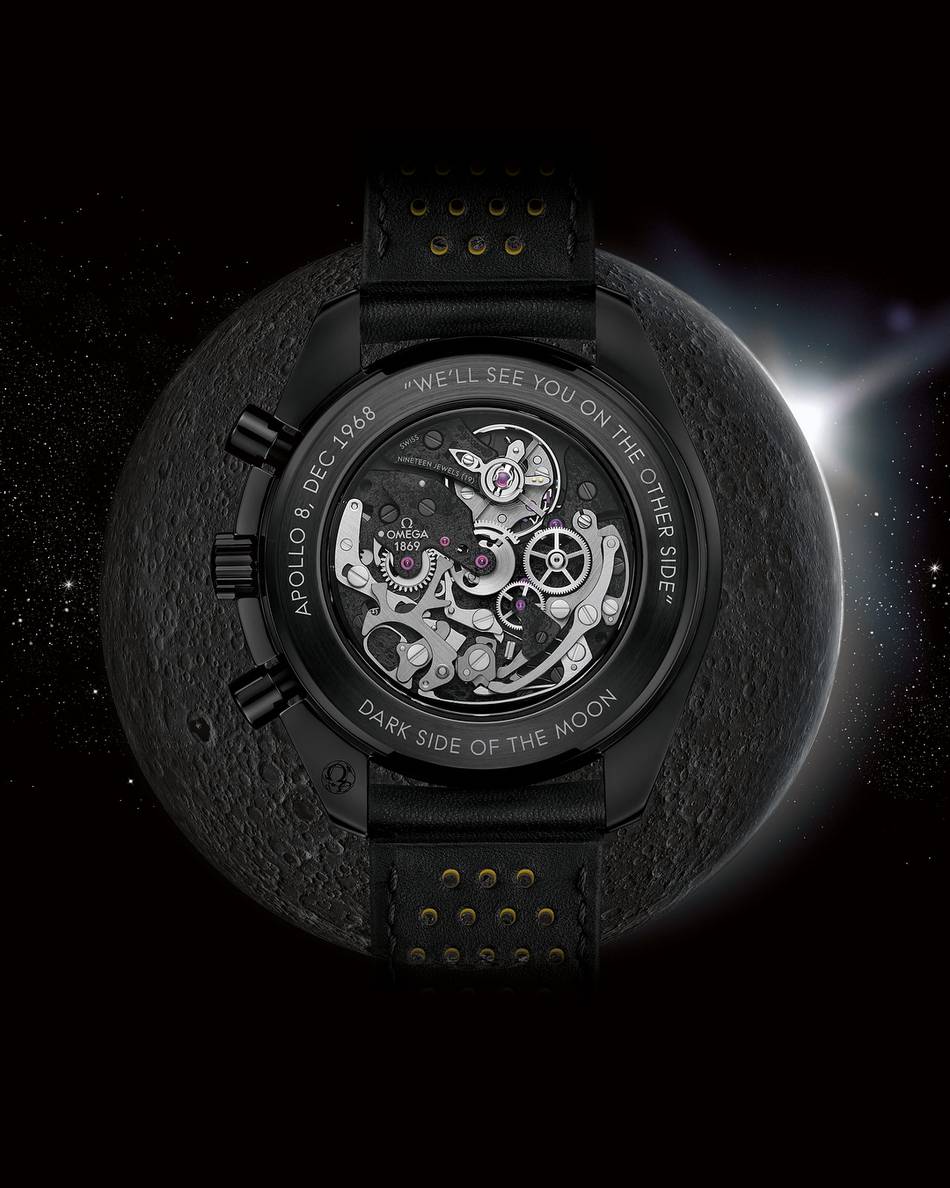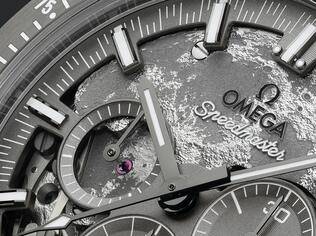By Kien Lee
It was fifty years ago that Apollo 8 become the second manned spaceflight mission in the United States Apollo space program, launching off Earth on 21 December 1968.
Its journey was penned down in the record books as the the first manned spacecraft to leave Earth orbit, reach the Earth's Moon, orbit it and return safely to Earth. It was also the Apollo 8's successful mission that eventually paved the way for Apollo 11 to fulfill U.S. President John F. Kennedy's goal of landing a man on the Moon before the end of the 1960s.
By all accounts, the Apollo 8 and its traverse across space and around the Moon was pivotal to the achievements that were to follow.

Apollo 8's three-astronaut crew consisting of Commander Frank Borman, Command Module Pilot James Lovell, and Lunar Module Pilot William Anders became the first humans to achieve several feats:
- Travel beyond low Earth orbit
- See Earth as a whole planet
- Enter the gravity well of another celestial body (Earth's moon)
- Orbit another celestial body (Earth's moon)
- Directly see the far side of the moon with their own eyes
- Witness an Earth-rise; escape the gravity of another celestial body (Earth's moon)
- Re-enter the gravitational well of Earth.
And it was when Apollo 8 ventured to see the far side of the moon – a mysterious hemisphere never seen before by human eyes – that he uttered, "WE'LL SEE YOU ON THE OTHER SIDE" just seconds before the spacecraft disappeared beyond the range of radio contact. These reassuring words are now engraved in the newest Dark Side of the Moon timepiece from OMEGA.
Why far or dark side of the Moon?
Tidal forces from Earth have slowed down the Moon's rotation to the point where the same side is always facing the Earth – a phenomenon called tidal locking. The other face, most of which is never visible from the Earth, is therefore called the "far side of the Moon".
OMEGA Speedmaster Dark Side of the Moon Apollo 8
However the OMEGA Speedmaster Dark Side of the Moon Apollo 8 differs from previous iterations as it houses specially decorated-version of OMEGA’s famous Moon Watch movement, seen through a now skeletonized dial.
Inside, laser ablation has been used to precisely decorate the bridges and main plate of the blackened movement, producing realistic imagery of the lunar surface. The dial-side is a light shade to represent earth's view of the moon, while the back of the watch shows the dark side.


The new watch is entirely made of black zirconium oxide ceramic, brilliantly contrasted by a yellow colour coding, reminiscent of the first used colour coding in the 1968 Speedmaster collection's Speedmaster Racing model. The chronograph hands are varnished yellow, while the watch's tachymeter scale and crown are filled with Super-LumiNova. The black and yellow theme extends to the leather strap, which contains a section of yellow rubber through the middle. A milling tool has then been used to create micro perforations through the constructed strap to reveal the yellow rubber inside.


Inside, a blackened and decorated version of the Calibre 1861 – called 1869 as a tribute to the first moon landing – brings to mind the original Moon Watch movement and brings us one step closer this monumental space travel history, underscoring OMEGA’s unrivalled legacy in space.
The OMEGA Speedmaster Dark Side of the Moon Apollo 8 retails in Singapore at S$13,550.






















SENATUS Member Comments